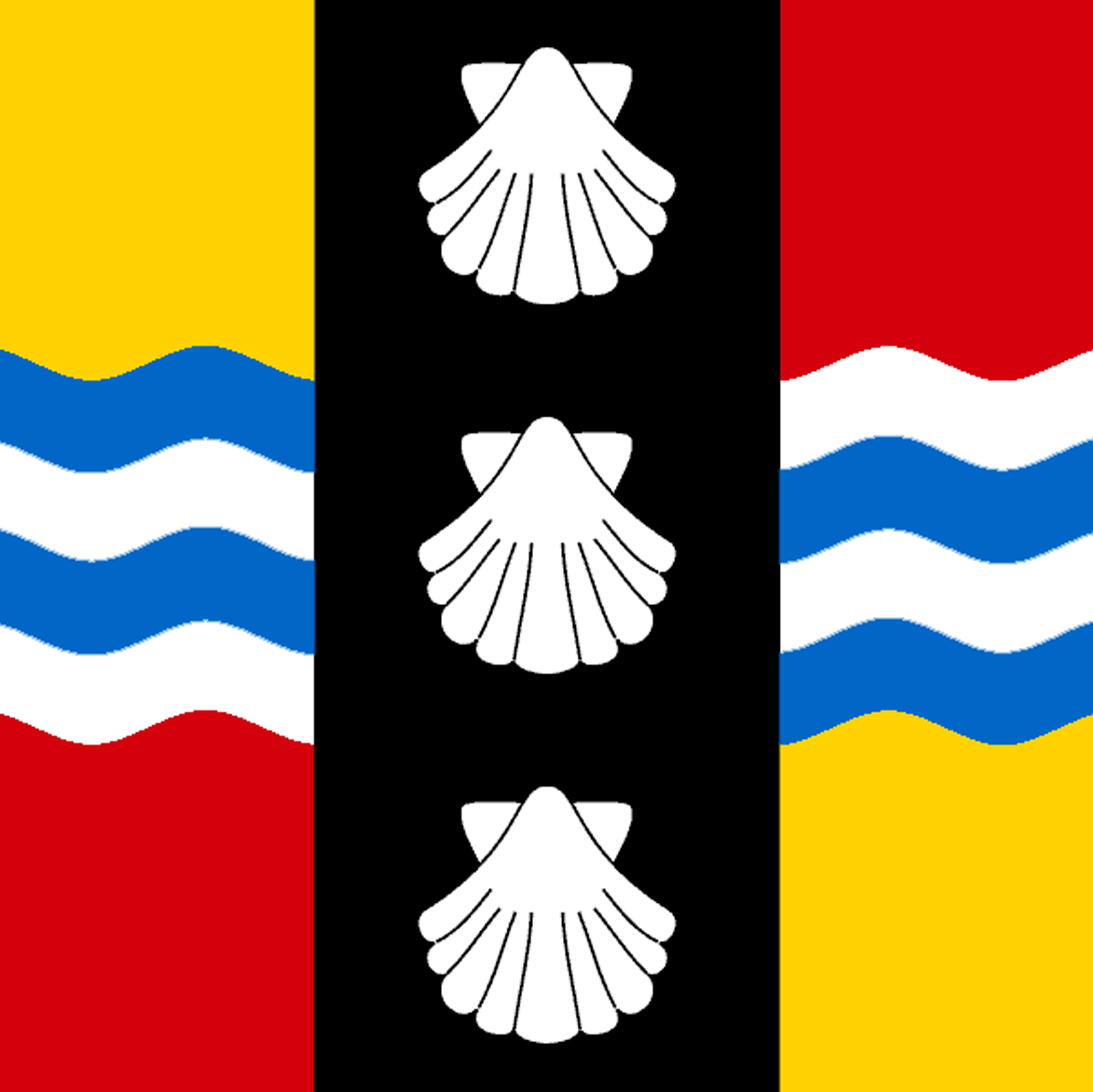
The discovery sheds light on a significant local industry and providing a unique opportunity to explore the lives of people from 500 years ago.
Kilns of its size and quality are rare finds in the area and it suggests that the area around Sutton, Everton and Potton had a more substantial pottery industry than previously thought. The discovery has also provided an opportunity for local schoolchildren to learn about archaeology first-hand.
The excavation was conducted by Albion Archaeology, part of Central Bedfordshire Council, and Project Manager David Ingham said:
What we’ve seen here is a large-scale kiln that may have been used for decades.
This discovery pushes our understanding of the pottery industry around Sutton, Potton and Everton in the late medieval period. It was more substantial than we previously realised and that helps build a richer picture of life in this area during that time.
That’s important because this excavation isn’t just about digging up artefacts; it’s about learning how people lived, what they did, and how industries operated in the past. It adds real depth to our understanding of the local history.
The excavation has now been completed, and work will begin on dating and cataloguing the finds, while a 3D computer model of the kiln will be created using photogrammetry technology to preserve the kiln digitally for future generations.
Current pupils at Sutton Primary School, local historians and villagers were given access to the discovery and talks by the archaeologists involved to provide community inclusion and educational benefits.
The kiln is among the most complete examples uncovered, with its lower structure—including the floor, flues, and stoke-hole—still largely intact.
Excavation has yielded more than 300kg of pottery, which will undergo detailed analysis. Selected items will be analysed, cataloged, and stored at the Higgins Museum in Bedford, and efforts are underway to create a digital 3D model for public use. It is hoped that some artefacts will be able to be displayed locally, further engaging the community and inspiring future generations.
Mrs Lucy Chapman, Headteacher of Sutton VA Primary School, highlighted the educational impact, saying:
Pupils and staff have been very excited to follow the archaeologists’ progress and discoveries. This has and will continue to provide a focus on local history studies. It has been wonderful to see the pupils engage in this — for some this has sparked a genuine interest in archaeology.
While the kiln’s physical remains will be reburied — as part of our planned Three-to-Two-Tier Programme development to provide the school with a new Multi-Use Games Area (MUGA) in support of its transition from a lower school to a primary school last year — the legacy of the archaeological findings will live on through extensive documentation, detailed research and 3D models, with the potential for further community engagement.
Mr Ingham added:
It’s standard practice in archaeology that sites like this one are excavated as part of new developments, and the remains are fully documented before the site is redeveloped.
The real value lies in the fact that we’ve been able to excavate and analyse the kiln in depth to the point that we now have detailed information about its construction, the materials used, and how it fits into the broader history of pottery production in the area. In this case, the kiln’s legacy will live on through the comprehensive analysis we’ve carried out.
Councillor Tracey Wye, our Executive Member for Sustainability and Climate Resilience, commended the project, saying
The kiln is a remarkable discovery for Sutton and the primary school, and I am really glad the pupils had the chance to get a first-hand look 500 years into the past.
The development of the site to create an all-weather sport and play area will make all the difference to the school, and as an added bonus it has revealed this treasure lying beneath the soil.
The pottery and kiln have given us insight to how our forebears were living in the area during Tudor times. While the site will be returned underground, we now have a wealth of artefacts and information to study for the future.
Ongoing analysis, including studying pottery, charcoal, and soil samples, promises to shed even more light on this unique discovery, ensuring its significance is shared widely with the community.
Mr Ingham said:
Archaeology is not just about preserving the past — it’s about sharing that history with the public. We aim to make these discoveries accessible to the local community and future generations, so they can see how history shaped where we live today.

